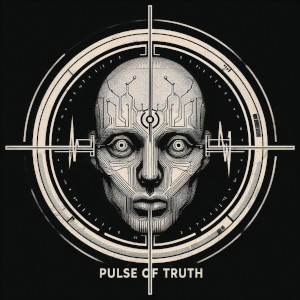

Paste from clipboard is different than paste from primary selection
Data Science


Paste from clipboard is different than paste from primary selection


I have no idea why improperly is in quotes. Maybe it’s this reporter’s and editor’s version of saying that it’s allegedly improper?


For months, the agency “improperly” hosted a publicly available spreadsheet on its website that included a hidden tab with partial passwords for its voting machines.
In its statement, the Department of State said that there are two unique passwords for each of its voting machines, which are stored in separate places. Additionally, the passwords can only be used by a person who is physically operating the system and voting machines are stored in secure areas that require ID badges to access and are under 24/7 video surveillance.
Colorado voters use paper ballots, ensuring that a physical paper trail that can be used to verify results tabulated electronically.


Does KDE not have the middle mouse button paste from the primary selection? I thought the clipboard is distinct from primary selection.


the [@] kde [@] [domain name] parts at the bottom of the post body tells a Mastodon server to notify the Lemmy services about the post and Lemmy shows that post as part of the community so subscribers and people browsing all will have the post in their front page feed depending on their sort settings.


Nice! Thatnks for hosting that!
Good news from September:
Introducing the Ghostty “Quick Terminal” feature: a terminal that drops-down based on a global keybind (also sometimes known as a Doom or Quake-style terminal). This was one of Ghostty’s most requested features.
I think that Hashimoto is using this project to iron out details that are left unaddressed due to convenience for other projects and the very low impact of any single issue Hashimoto has addressed. But much like with Apple projects, Hashimoto intends for the the end product to have greater value than the sum of the parts. Unlike Apple, it will be perfomant cross platform.
I think the only way to evaluate a project like this is to ignore the feature comparison charts and use it to see if it really is better when those details are addressed. I have a feeling that many people will agree and most will shrug their shoulders and not give it a second look if they even gave it a first one.
I’ll be trying Ghostty out soon. I hope it’s great. But I’m not expecting to be blown away.
He seems to target GTK based on his statement:
"On macOS, the main GUI experience is written in Swift using AppKit and SwiftUI. The tabs are native tabs, the splits are native UI components, multi-window works as you’d expect, etc. On Linux, the GUI experience is GTK using real GTK windows and other widgets.
Features such as error messages are not implemented with a specialized terminal view, we actually use real native UI components. The point is, while the terminal surface and core logic is cross-platform, the user interaction is all purpose-built for each operating system for a true native experience."
https://mitchellh.com/writing/ghostty-and-useful-zig-patterns
Lemmy still doesn’t let someone post an embedded link and picture. People don’t realize that you have to include the linkin the body of the post which is annoying and intuitive, specially because when creating a new post Lemmy will allow you to fill out both form fields for link and picture but only use one.


I’m not sure I understand the trade offs you’re choosing by deploying this way. The benefit of simplicity an speed of deployment seems clear from your write-up. But are those the most important considerations? Why or why not?


How are you liking bearblog.dev?


This is a teaser for the promised future posts. Don’t ghost us.


Poorer quality, produced faster.


Working for me now. 2 hours after your post.


I don’t think it’s a lie to say that the majority of the customer base cares more about convenience and novelty than security of their vacuum.


Good point. But they market the ability to interact with the vacuum machine when you’re away from the house and it seems that this feature gains them more customers than they lose.


It needs to communicate to the phone app somehow and anything else is going to be too big a hurdle for a huge portion of the customer base.
These two are my favorite balance of fundamentals and getting to purposeful application as quickly as possible (the first link is definitely not enough, but combined with the second she should be comfortable with the syntax and able to get basic things working):
https://www.kaggle.com/learn/intro-to-programming
https://www.kaggle.com/learn/python
This one takes its time with fundamentals and includes some projects to put them in context of building something. It’s presented on Google Colab and Jupyter notebooks: https://allendowney.github.io/ThinkPython/
Working with GIS data means cleaning data. This one covers that and a lot of common analysis tools and techniques. But it assumes a bit of programming knowledge (Good to follow up after one of the options above): https://wesmckinney.com/book/